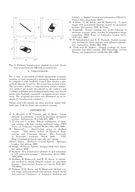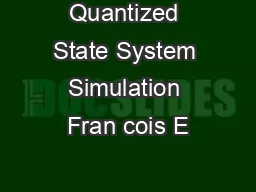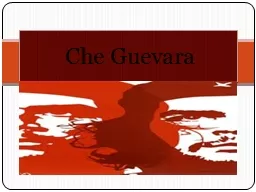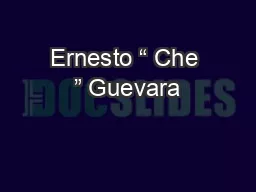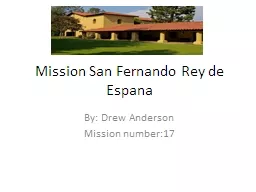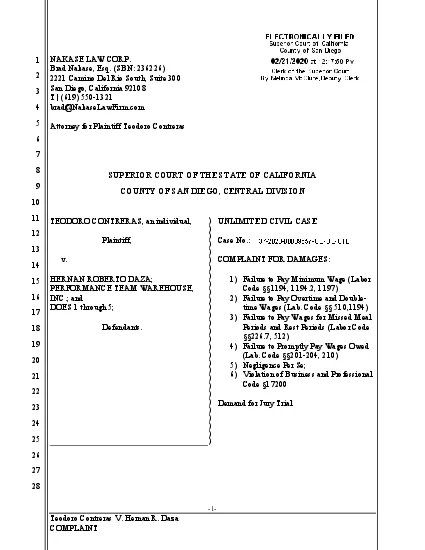PDF-Control design with guaranteed ultimate bound for feedback linearizable systems Ernesto
Author : danika-pritchard | Published Date : 2014-12-17
Seron CONICET Depto de Electr57524onica Fac de Cs Exactas Ing y Agrim Universidad Nacional de Rosario Riobamba 245bis 2000 Rosario Argentina Centre for Complex Dynamic
Presentation Embed Code
Download Presentation
Download Presentation The PPT/PDF document "Control design with guaranteed ultimate ..." is the property of its rightful owner. Permission is granted to download and print the materials on this website for personal, non-commercial use only, and to display it on your personal computer provided you do not modify the materials and that you retain all copyright notices contained in the materials. By downloading content from our website, you accept the terms of this agreement.
Control design with guaranteed ultimate bound for feedback linearizable systems Ernesto: Transcript
Download Rules Of Document
"Control design with guaranteed ultimate bound for feedback linearizable systems Ernesto"The content belongs to its owner. You may download and print it for personal use, without modification, and keep all copyright notices. By downloading, you agree to these terms.
Related Documents

